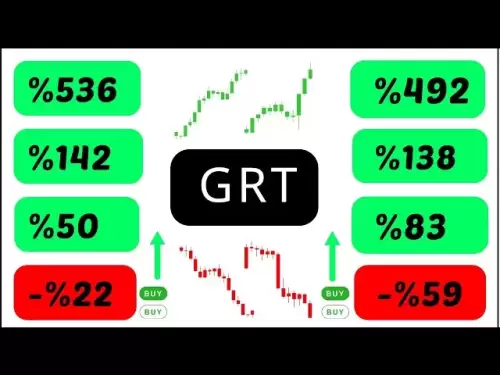A look into the recent Bitcoin hashrate fluctuations, potential links to Iran, and broader factors influencing the cryptocurrency mining landscape.
Bitcoin Hashrate, Iran, and Mining: Decoding the Crypto Puzzle
Bitcoin's hashrate has been a hot topic lately, with significant drops sparking debates about potential causes. Could geopolitical tensions involving Iran, environmental factors, or economic pressures be to blame? Let's dive in.
The Hashrate Drop: What Happened?
Recently, the Bitcoin hashrate experienced a notable decline, raising eyebrows across the crypto community. The 7-day average Bitcoin Hashrate saw a rapid increase to a new ATH of about 943.6 EH/s on June 15th. Since this peak, however, the indicator has witnessed a sharp reversal. Today, the miners’ computing power amounts to 834.8 EH/s, more than 11% down compared to the record. This has led to speculation about the factors driving this shift.
Iran's Role: A Geopolitical Connection?
One theory suggests that Iran's Bitcoin mining operations could be a contributing factor. Iran is known to host large-scale mining farms, and disruptions within the country, such as power outages or internet blackouts, could impact the global hashrate. While a direct correlation is hard to prove, the timing of certain events in Iran, like the imposition of internet restrictions, has coincided with hashrate dips.
Beyond Geopolitics: Environmental and Economic Pressures
It's not just about geopolitics. Rising electricity prices and heatwaves also play a significant role. Heatwaves reduce mining efficiency, leading some facilities to shut down. Increased power demand during these periods also drives up electricity costs, further squeezing miners' profits. These environmental and economic factors can collectively contribute to a hashrate decline.
MiningCoop: Cloud Mining as a Solution?
Amidst these challenges, cloud mining solutions like MiningCoop are gaining traction. MiningCoop offers multi-currency cloud mining contracts, supporting major cryptocurrencies including Bitcoin (BTC), Litecoin (LTC), Dogecoin (DOGE), Bitcoin Cash (BCH), and Ethereum Classic (ETC). These platforms eliminate the need for physical hardware, allowing users to mine from any device. With AI-optimized systems and green-energy-powered data centers, MiningCoop aims to provide stable and sustainable cloud mining solutions.
The Bigger Picture: Bitcoin's Resilience
Despite these fluctuations, Bitcoin's network remains resilient. While miners may face financial pressures and adjust their operations, the underlying technology continues to function. The recent ceasefire agreement between Iran and Israel may also bring some stability to the market, potentially boosting Bitcoin's price.
Final Thoughts
So, what does it all mean? The Bitcoin hashrate is influenced by a complex interplay of geopolitical, environmental, and economic factors. While the situation in Iran may play a role, it's just one piece of the puzzle. As the crypto landscape evolves, innovative solutions like cloud mining are emerging to make Bitcoin more accessible. One thing is certain: the world of crypto is never dull!


















































































